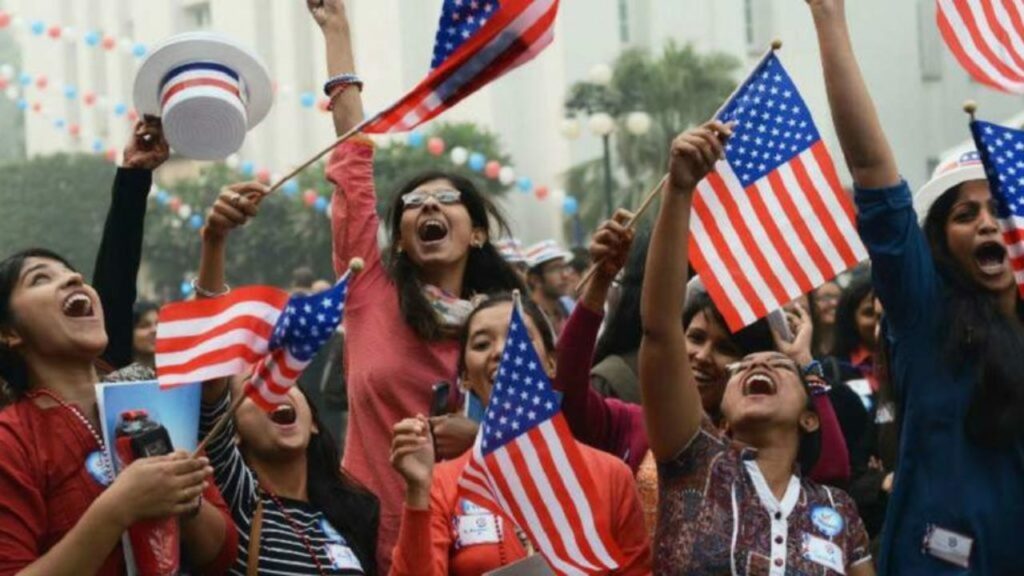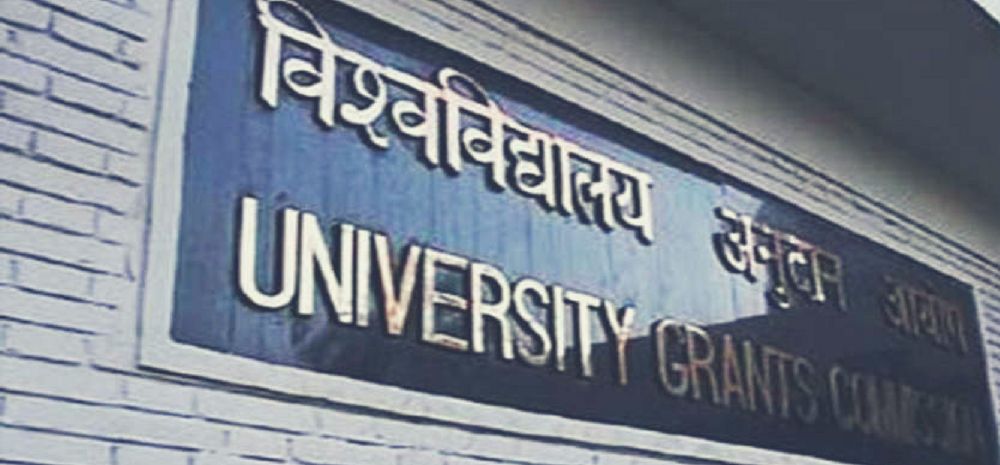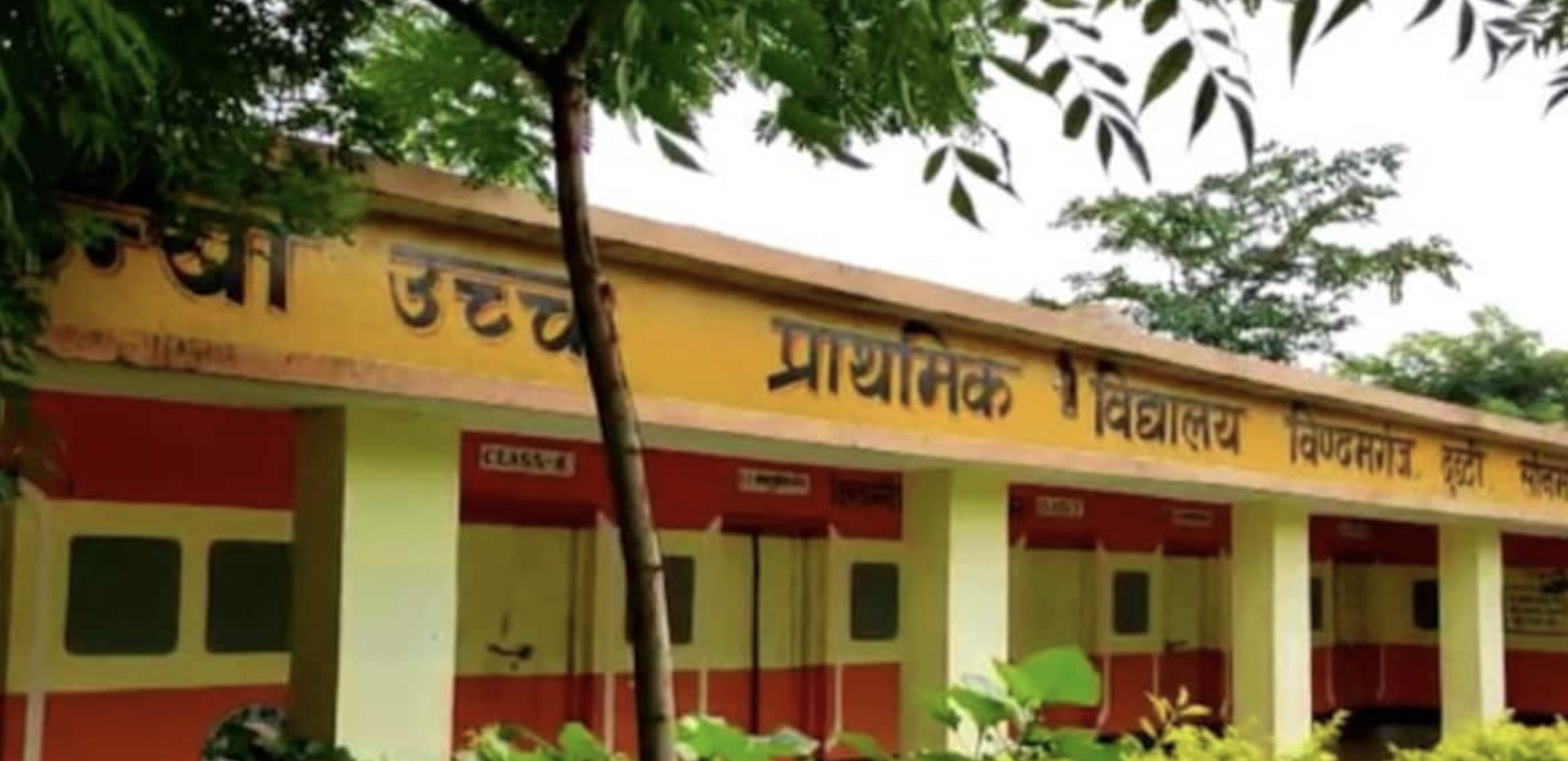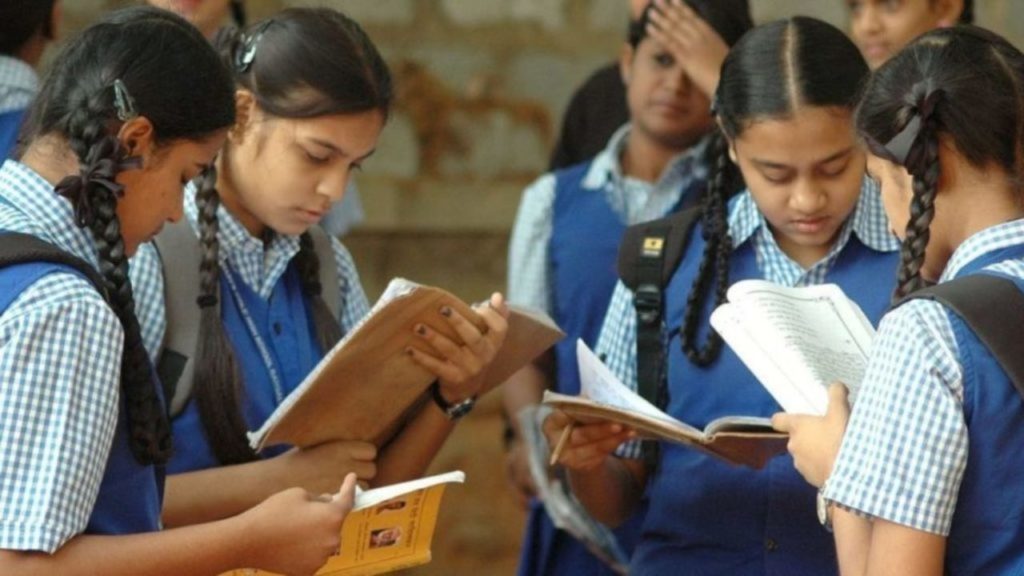India’s current account balance has faced a $6 billion deficit, essentially driven by the growing trend of Indian students pursuing education abroad. Over the past decade, education-related travel expenses by Indians have rised from $2.46 billion in FY15 to $6.3 billion in FY24.

Decline in Foreign Student Intake and India’s Efforts to Internationalize Education
The intake of foreign students by Indian universities has remarkably declined. Revenue from travel to India for education motive dropped from $519 million in FY15 to $247 million in FY24. In spite of little recovery in forex revenue from education-related travel to India in FY23 and FY24, it remains well below the 2014-15 levels.
The National Education Policy (NEP) 2020 highlighted internationalizing education to address the declining foreign student intake. The University Grants Commission (UGC) provided rules for academic collaborations between Indian and foreign higher education institutes, allowing twin and/or joint degrees. Additionally, the UGC introduced instruction for establishing Offices for International Affairs in higher education institutions to ease foreign student enrollment.
Challenges and Initiatives in Attracting Foreign Students to India’s Higher Education Sector
In 2018, the Indian government launched the ‘Study in India’ programme, aiming to attract 200,000 foreign students by 2023. Scholarships and fee waivers were provided to meritorious foreign students, and student exchange programs were helped through MoUs with friendly countries. According to the All India Survey on Higher Education (AISHE) Final Reports, foreign student enrollment in Indian higher educational institutions increased by only 16.68% from FY15 to FY20.
The pandemic further affected foreign student enrollment, with numbers dropping to 48,035 in FY21 and 46,878 in FY22. Most of India’s education exports are directed toward South Asian and African nations, with Nepal sending the largest contingent of students.
Biswajit Dhar is retired professor at Jawaharlal Nehru University highlighted the crisis in India’s higher education sector due to insufficient funding. The cost of quality education has risen, with private universities charging higher fees, pushing foreign students from low-income countries to search for more affordable options somewhere else.














